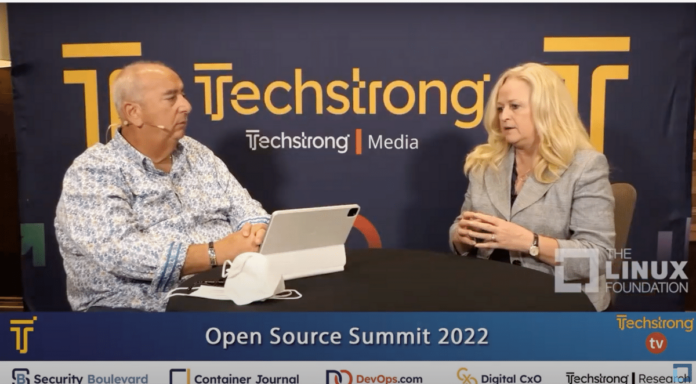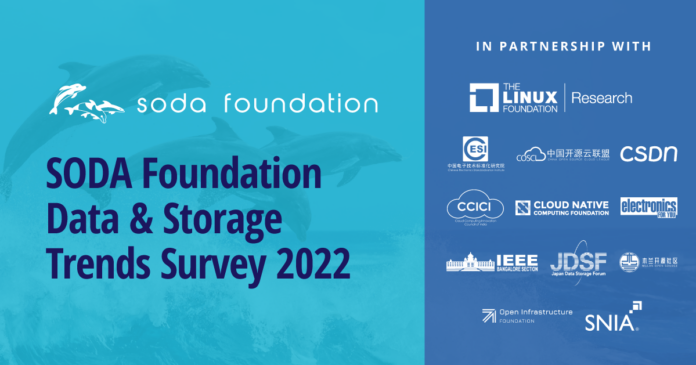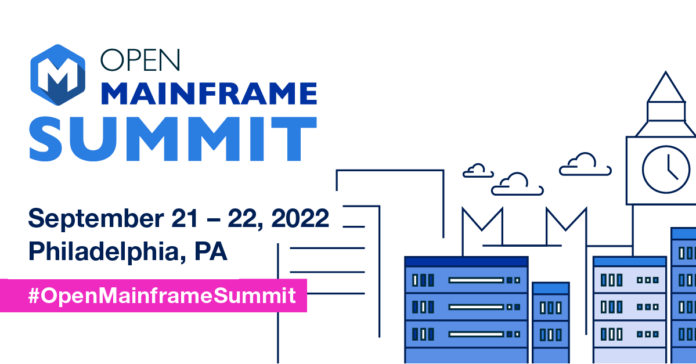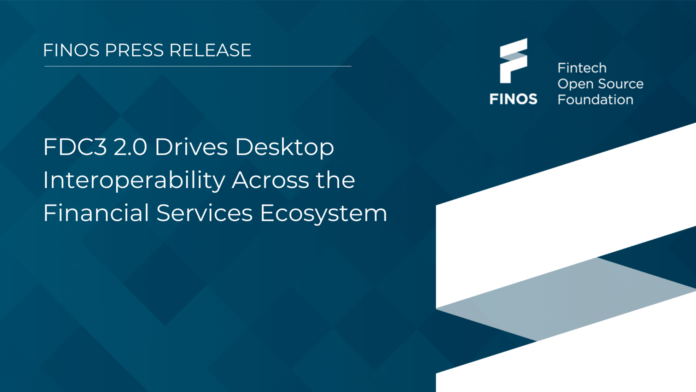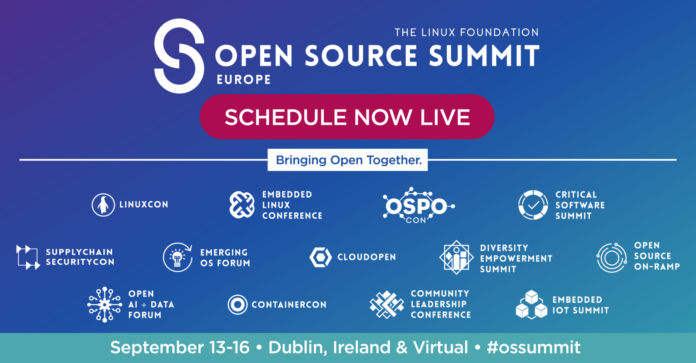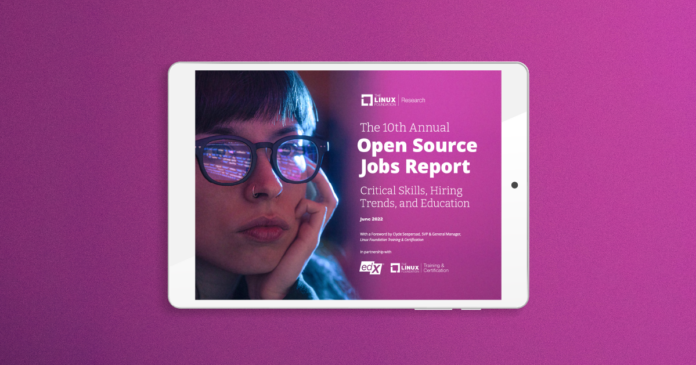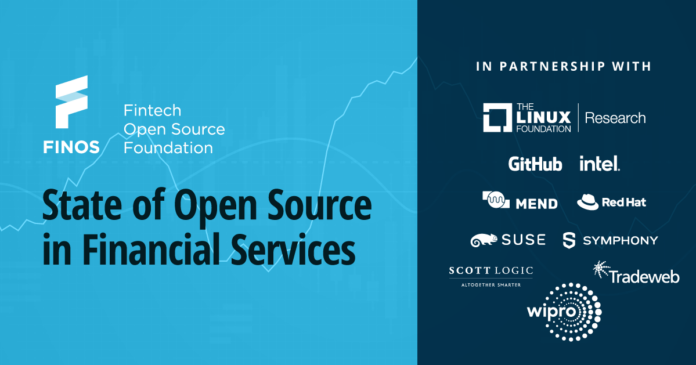The Fintech Open Source Foundation builds on the success of FDC3, its most adopted open source project to date
New York, NY – July 13, 2022 – The Fintech Open Source Foundation (FINOS), the financial services umbrella of the Linux Foundation, announced today during its Open Source in Finance Forum (OSFF) London the launch of FDC3 2.0. FDC3 supports efficient, streamlined desktop interoperability between financial institutions with enhanced connectivity capabilities.
The global FDC3 community is fast-growing and includes application vendors, container vendors, a large presence from sell-side firms and a growing participation from buy-side firms all collaborating together on advancing the standard.
You can check out all the community activity here: http://fdc3.finos.org/community
The latest version of the standard delivers universal connectivity to the financial industry’s desktop applications with a significant evolution of all four parts of the Standard: the Desktop Agent API, the App Directory providing access to apps and the intent and context messages that they exchange.
MAIN IMPROVEMENTS
FDC3 2.0 significantly streamlines the API for both app developers and desktop agent vendors alike, refining the contract between these two groups based on the last three years’ working with FDC3 1.x.
Desktop agents now support two-way data-flow between apps (both single transactions and data feeds), working with specific instances of apps and providing metadata on the source of messages – through an API that has been refined through feedback from across the FDC3 community.
This updated version also redefines the concept of the “App Directory”, simplifying the API, greatly improving the App Record and the discoverability experience for users and making the App Directory fit-for-purpose for years to come (and the explosion of vendor interest FDC3 is currently experiencing).
Finally, FDC3 2.0 includes a host of new standard intents and context, which define and standardize message exchanges for a range of very common workflows, including interop with CRMs, Communication apps (emails, calls, chats), data visualization tools, research apps and OMS/EMS/IMS systems. This is one of the most exciting developments as it represents diverse parts of the financial services software industry working together through the standard.
MAIN USES
Help Manage Information Overload. Finance is an information-dense environment. Typically, traders will use several different displays so that they can keep track of multiple information sources at once. FDC3 helps with this by sharing the “context” between multiple applications, so that they collectively track the topic the user is focused on.
Work Faster. FDC3 standardizes a way to call actions and exchange data between applications (called “intents”). Applications can contribute intents to each other, extending each other’s functionality. Instead of the user copy-and-pasting bits of data from one application to another, FDC3 makes sure the intents have the data they need to seamlessly transition activity between applications.
Platform-Agnostic. As an open standard, FDC3 can be implemented on any platform and in any language. All that is required is a “desktop agent” that supports the FDC3 standard, which is responsible for coordinating application interactions. FDC3 is successfully running on Web and Native platforms in financial institutions around the world.
End the integration nightmare. By providing support for FDC3, vendors and financial organizations alike can avoid the bilateral or trilateral integration projects that plague desktop app roll-out, cause vendor lock-in and result in a slow pace of change on the Financial Services desktop.
“It is very rewarding to see the recent community growth around FDC3,” said Jane Gavronsky, CTO of FINOS. “More and more diverse participants in the financial services ecosystem recognize the key role a standard such as FDC3 plays for achieving a true open financial services ecosystem. We are really excited about FDC3 2.0 and the potential for creating concrete, business-driven use cases that it enables.”
What this means for the community
“The wide adoption of the FDC3 standard shows the relevance of the work being conducted by FINOS. At Symphony we are supporters and promoters of this standard. This latest version, FDC3 2.0, and its improvements demonstrate substantial progress in this work and its growing importance to the financial services industry,” said Brad Levy, Symphony CEO.
“The improvements to the App Directory and its ramifications for market participants and vendors are game-changing enough in themselves to demand attention from everyone: large sell-sides with large IT departments, slim asset managers who rely on vendor technology, and vendors themselves”, said Jim Bunting, Global Head of Partnerships, Cosaic.
“FDC3 2.0 delivers many useful additions for software vendors and financial institutions alike. Glue42 continues to offer full support for FDC3 in its products. For me, the continued growth of the FDC3 community is the most exciting development”, said Leslie Spiro, CEO, Tik42/Glue42. “For example recent contributions led by Symphony, SinglePoint and others have helped to extend the common data contexts to cover chat and contacts; this makes FDC3 even more relevant and strengthens our founding goal of interop ‘without requiring prior knowledge between apps”.
“Citi is a big supporter of FDC3 as it has allowed us to simplify how we create streamlined intelligent internal workflows, and partner with strategic clients to improve their overall experience by integrating each other’s services. The new FDC3 standard opens up even more opportunities for innovation between Citi and our clients,” said Amit Rai, Technology Head of Markets Digital & Enterprise Portal Framework at Citi.
“FDC3 has allowed us to build interoperability within our internal application ecosystem in a way that will allow us to do the same with external applications as they start to incorporate these standards,” said Bhupesh Vora, European Head of Capital Markets Technology, Royal Bank of Canada. “The next evolution of FDC3 will ensure we continue to build richer context sharing capabilities with our internal applications and bring greater functionality to our strategic clients through integration with the financial application ecosystem for a more cohesive experience overall.”
“Interoperability allows the Trading team to take control of their workflows, allowing them to reduce the time it takes to get to market. In addition they are able to generate alpha by being able to quickly sort vast, multiple sources of data,” said Carl James, Global Head of Fixed Income Trading, Pictet Asset Management.
As FINOS sees continued growth and contribution to the FDC3 standard, the implementation of FDC3 2.0 will allow more leading financial institutions to take advantage of enhanced desktop interoperability. The contribution of continued updates also represents the overall wider adoption of open source technology, as reported in last year’s 2021 State of Open Source in Financial Services annual survey. To get involved in this year’s survey, visit https://www.research.net/r/ZN7JCDR to share key insights into the ever-growing open source landscape in financial services.
Skill up on FDC3 by taking the free Linux Foundation’s FDC3 training course, or contact us at https://www.finos.org/contact-us. Hear from Kris West, Principal Engineer at Cosaic and Lead Maintainer of FDC3 on the FINOS Open Source in Finance Podcast, where he discusses why it was important to change the FDC3 standard in order to keep up with the growing amount of use cases end users are contributing to the community.
About FINOS
FINOS (The Fintech Open Source Foundation) is a nonprofit whose mission is to foster adoption of open source, open standards and collaborative software development practices in financial services. It is the center for open source developers and the financial services industry to build new technology projects that have a lasting impact on business operations. As a regulatory compliant platform, the foundation enables developers from these competing organizations to collaborate on projects with a strong propensity for mutualization. It has enabled codebase contributions from both the buy- and sell-side firms and counts over 50 major financial institutions, fintechs and technology consultancies as part of its membership. FINOS is also part of the Linux Foundation, the largest shared technology organization in the world.

